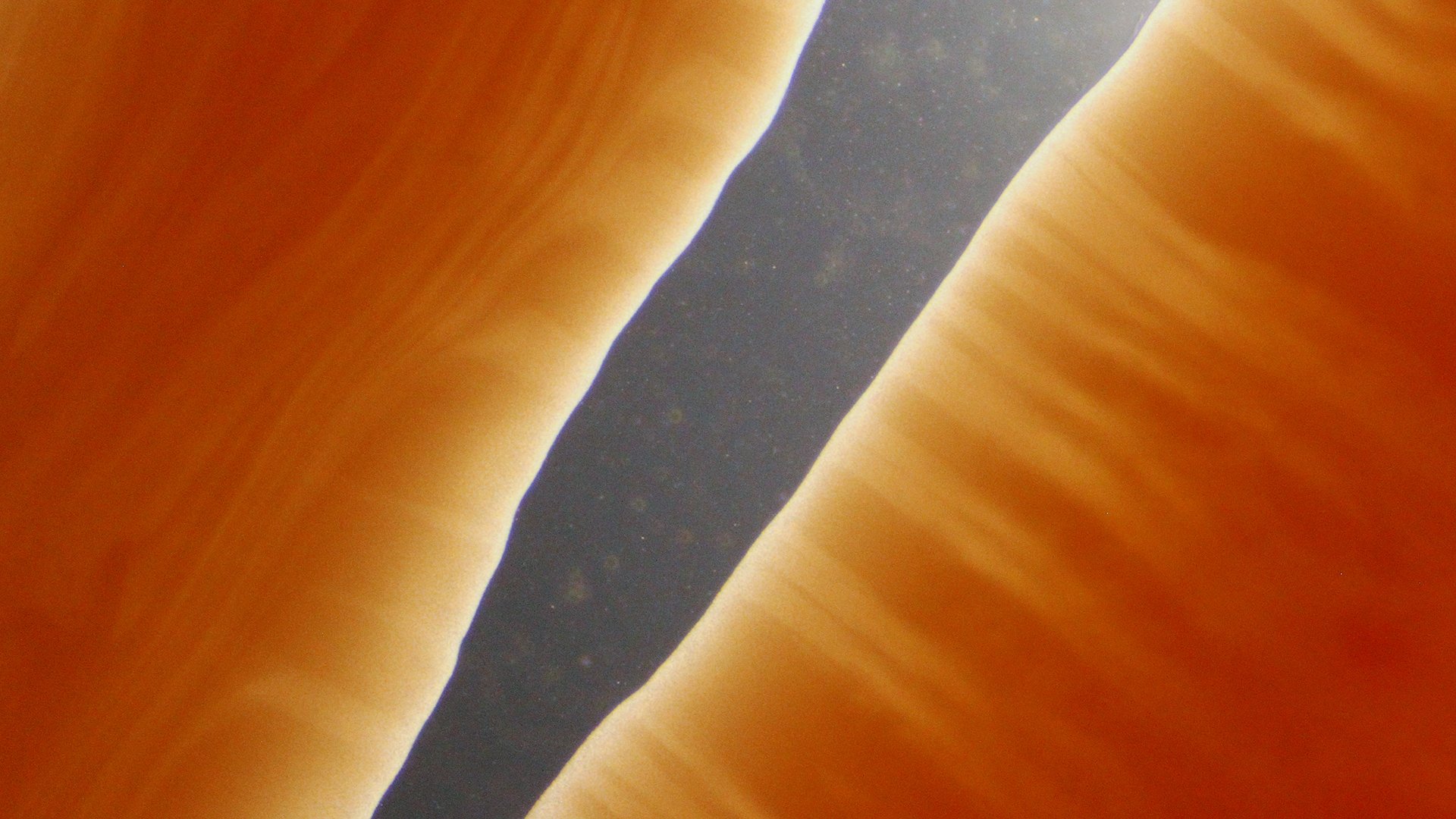Trillions of microbes together make up your microbiome. Although bacteria are the main inhabitants of your intestines, there are also fungus and yeast species. A common yeast is Rhodotorula mucilaginosa. This species is generally benign, but it can also cause blood diseases.
Trillions of microbes together make up your microbiome. Although bacteria are the main inhabitants of your intestines, there are also fungus and yeast species. A common yeast is Rhodotorula mucilaginosa. This species is generally benign, but it can also cause blood diseases.
Mycobiome
When we think of intestinal microbes, we often think of bacteria . Yet many fungus and yeast (single-celled fungi) species also live in our intestines. We collectively refer to them as the mycobiome, which comes from the Greek for fungus, ‘mykes’. At present, we do not know very much about the mycobiome other than that it is highly diverse and seems to be significantly affected by our diet. Rhodotorula mucilaginosa is a yeast permanently residing in your gut as well as living on your skin, under your nails, and in your urinary tract and airways. This species can also cause diseases, however, when it enters your bloodstream.
Sunblock
In common with other species within the genus, Rhodotorula mucilaginosa has a distinctive reddish-orange colour. Its colour is actually the result of a pigment that it uses to block out harmful sunlight. This process allows the yeast cell to reflect light along the spectrum between 620 and 750 nm, which would otherwise harm it.
Bioremediation
Rhodotorula mucilaginosa can often be found in the natural world as well, even at sites with severe levels of pollution. As it turns out, this yeast species breaks down contaminants into harmless compounds. This discovery has sparked research into the potential of Rhodotorula species for bioremediation, the cleansing of polluted areas via micro-organisms. Bioremediation is an important tool to target polycyclic aromatic hydrocarbons (PAHs). These extremely toxic substances often linger in the environment for a long time. Each species of Rhodotorula has its own area of expertise. For example, Rhodotorula mucilaginosa is an expert in breaking down a PAH called phenanthrene. The applications of this substance include agricultural chemicals and polyimides (highly temperature-resistant plastics). Its use in agriculture frequently leads to surface water run-off, where phenanthrene fails to dissolve due to its unique characteristics and consequently contributes to long-term pollution of the environment.

